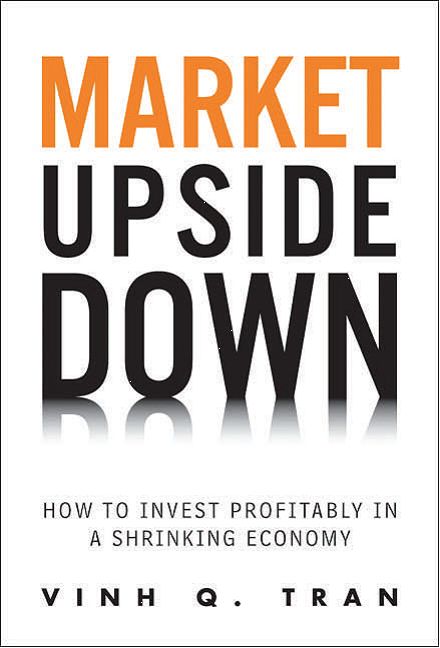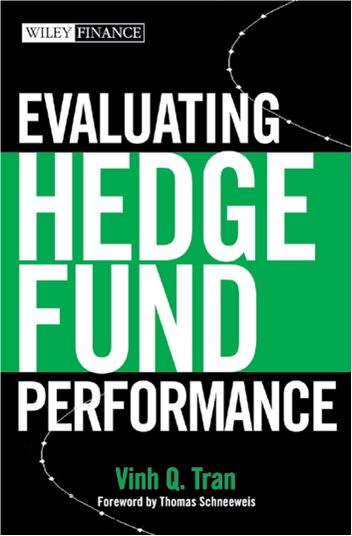May 31, 2010 – “Sell in May and go away,” so goes the adage about stock market doldrums in summer. Better to sell in May and wait for better market conditions comes fall.
Let’s hope the cooler weather will drive away the manic depressive state of the equity market seen this month.
Starting with promises on the first trading day of May, and poised to make new highs since the rally started in March last year, the market’s follow-up was hardly more disappointing. In subsequent days, early advances on openings quickly reversed, and gains on one day were erased the next. The debt crisis in Greece was the first to be fingered for the violent moves, followed by rumors of massive trading errors on May 6 that were supposed to prompt the Dow to lose 1,000 points in a matter of minutes. Yet the market found little comfort in the $1 trillion EU bailout for the benefits of the spendthrift Greeks and lack of evidence for the alleged trading mistakes. By the last trading day, the loss in May had wiped out all the Dow’s gain since the year’s beginning, and turned the year’s gain of 7.4% at the high into a loss of 2.8%. year-to-date.
In fact, investors who bought into equities since October last year amid urgings of pundits who proclaimed the return of bull markets have seen their investment gains, if any, disappear –in the midst of unprecedented uncertainty about the European debt crisis and its global contagion. To further stir up the boiling pot, emerging markets from China to India weakened as their economies slowed down in response to actual or threats of monetary and credit tightening.
The prospects of economic growth in the U.S. are hardly brighter. Going into the second half, the effects of various stimulus measures are fading, with second half growth expected to taper off to 1-2%, from 3.0% in Q1, which was revised down from 3.2%. The reported unemployment rate –already understating the severity of the depressed state of the labor market with rising discouraged and part-time workers—has bounced back up to 9.7%. Statistics on income and spending showed spending growth has outpaced growth of income, but now spending was slowing down. Consumer spending in April was flat, compared to forecasts of 0.1% rise, after six straight monthly increases.
In the meantime, year-on-year CPI ex. food and energy continued to decelerate from the cyclical peak in 2007. Since December 2008, core CPI has been increasing at less than 2%; in April, it rose at 1%. Money supply has also been decelerating. Rising at 10.2% in December 2008, M2 has been accelerating at less than 2% since March 2010. Commodity prices have also weakened. Backing off from the high in January, the Thomson Reuters/Jefferies CRB Index has lost 13.3% since then.
Where are strong economic growth rates, higher commodity prices, accelerating money velocity, and fast growing foreign markets to provide tailwinds for the equity market? No wonder Ben Bernanke has kept Fed funds rate at near zero, despite calls for tightening among some of his colleagues on the Board of Governors. The debt crisis in Europe is another nail in the coffin for any near-term possibility of a U.S. rate hike.
However, will zero Fed funds rates cure the de/disinflation disease that has plagued the Japanese for decades and is germinating in the U.S.?


